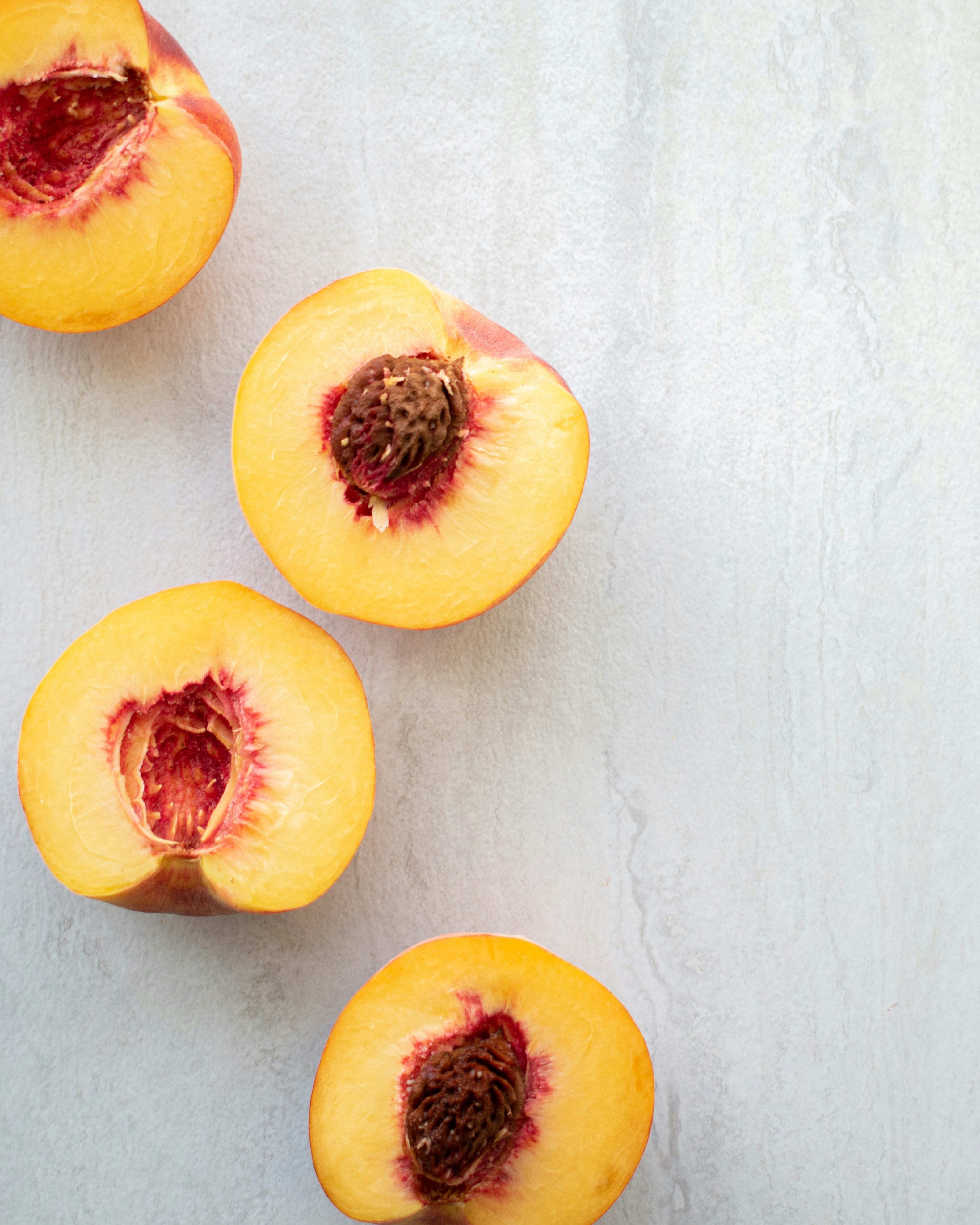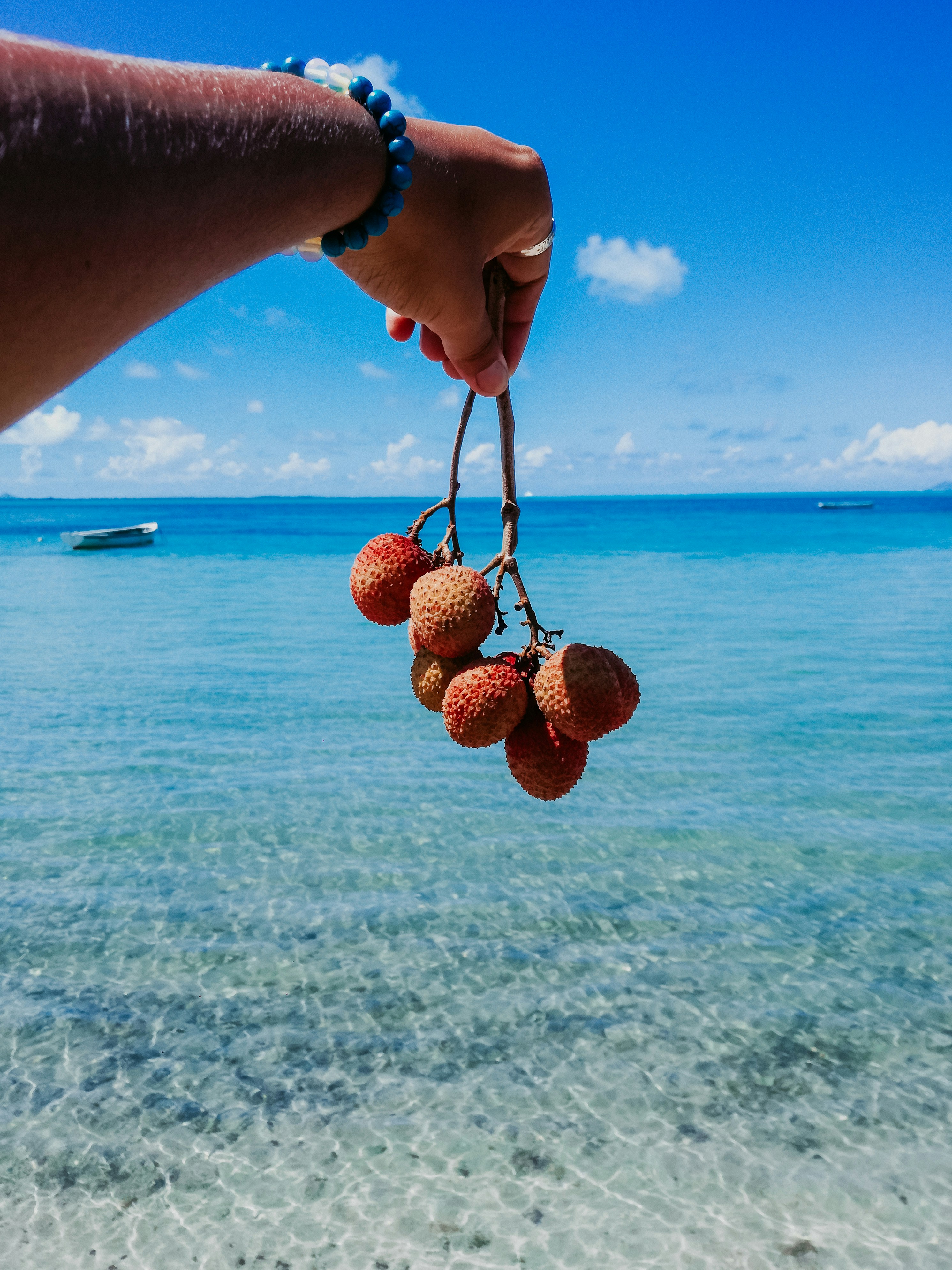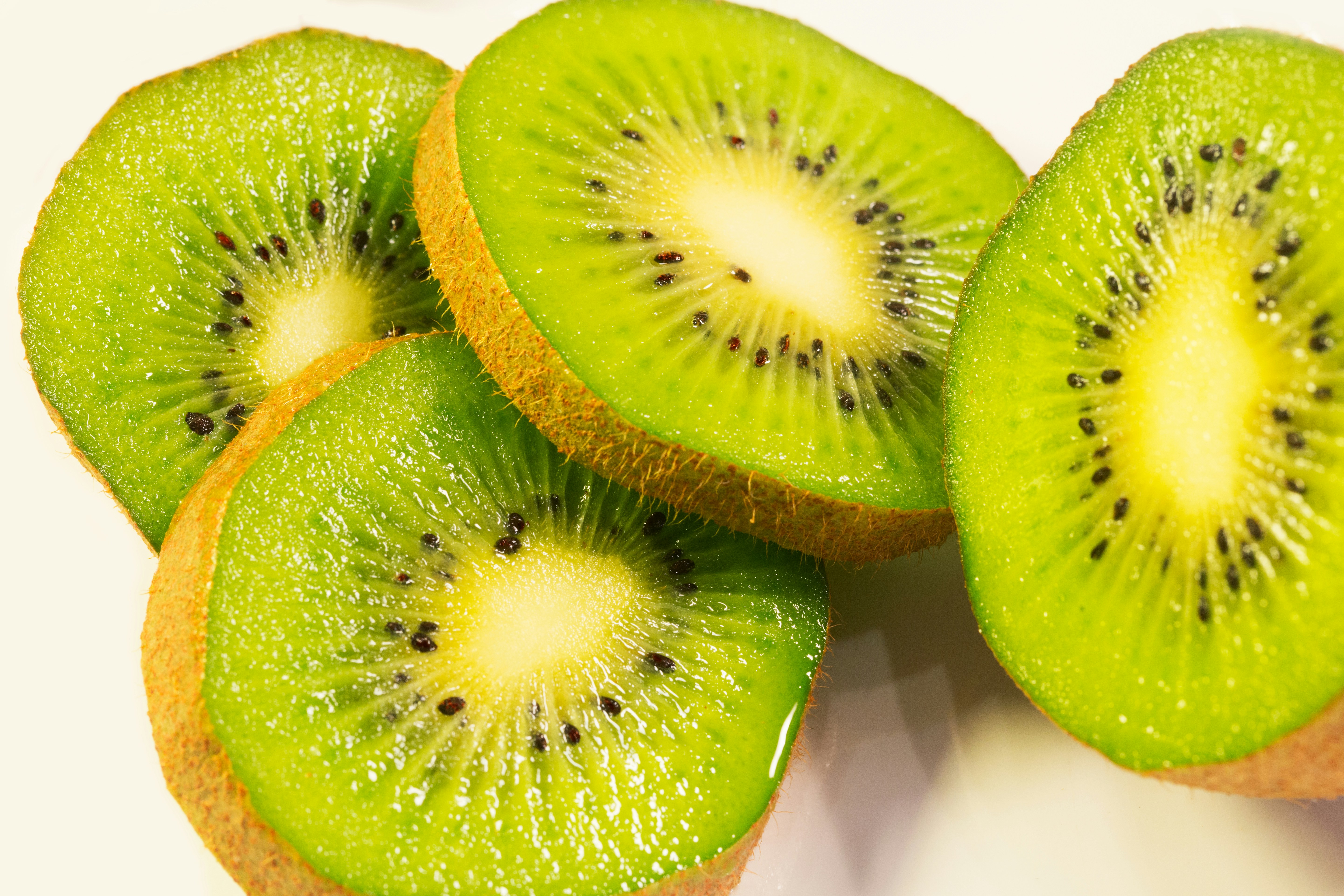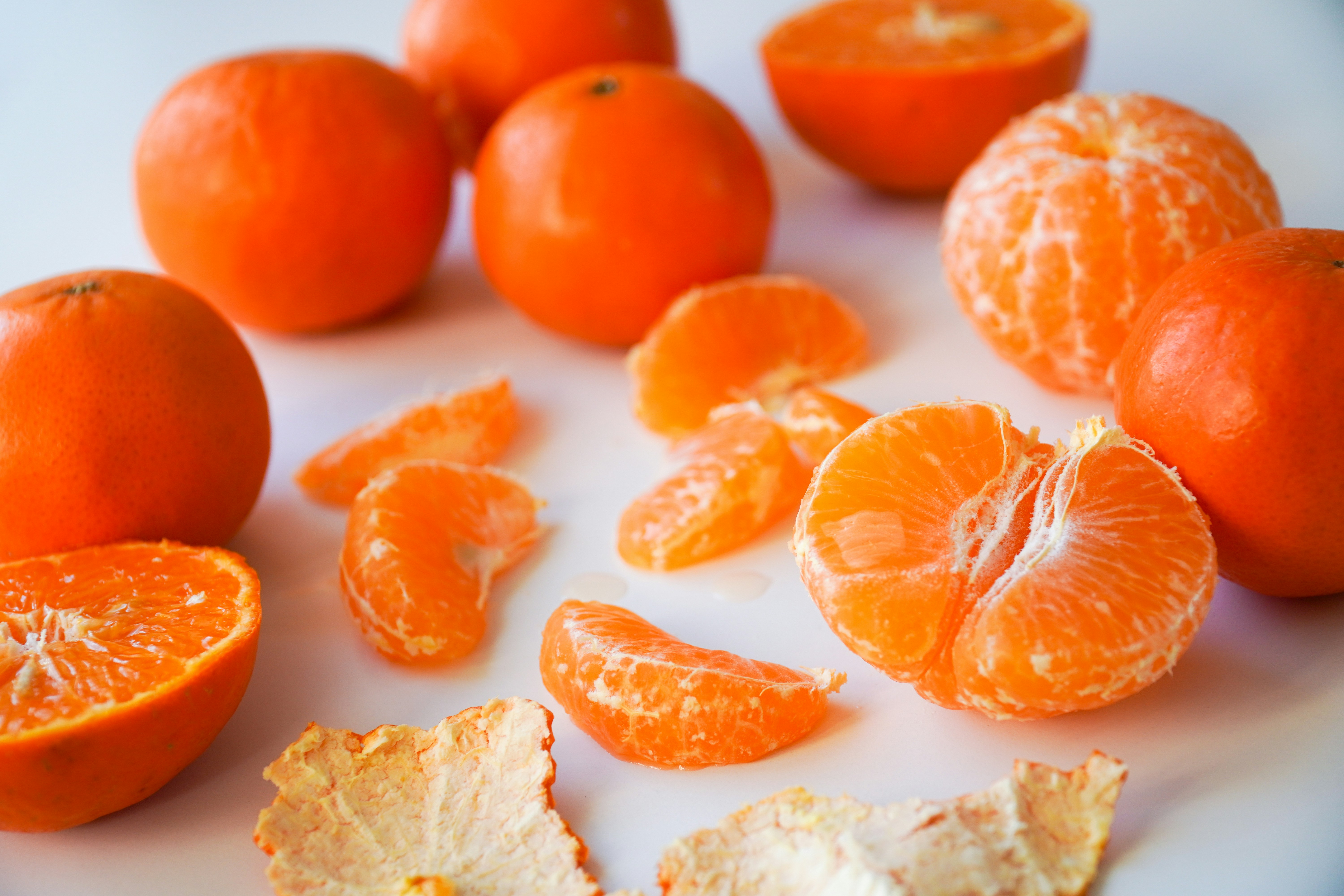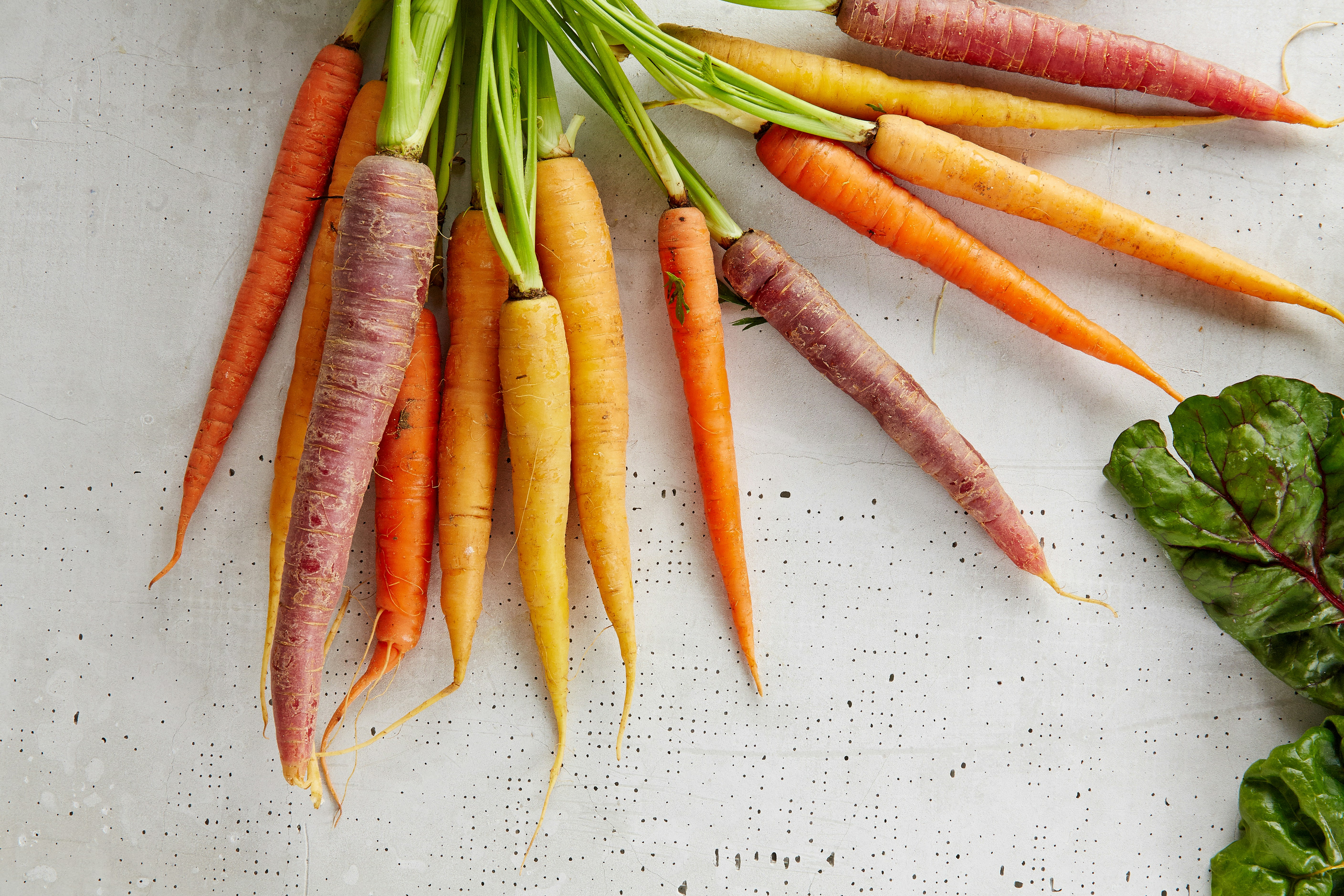The peach, a delicious and juicy fruit, is the product of a tree that bears the same name. Native to the Zhejiang province of China, the peach is known for its sweet taste and distinctive hairy skin. Most peaches are round in shape and contain a large, hard seed within their juicy pulp. While peaches are commonly enjoyed fresh, they are also used in a variety of desserts such as pies and cobblers. Additionally, peaches are utilized in the preparation of various beverages and jams.
The history of the peach stretches back thousands of years, making it difficult to accurately pinpoint its exact origin. However, it is believed that the peach tree was first cultivated in China.
The Origin and Cultivation of Peaches
The exact origins of the peach tree are shrouded in mystery, but it is widely believed to have originated in China. The native habitat of the peach is the Zhejiang province, where it has been cultivated for centuries. The Chinese have a long history of peach cultivation and have developed numerous varieties of this fruit.
From China, the cultivation of peaches spread to other regions of Asia, including Persia (modern-day Iran) and India. The fruit eventually made its way to Europe, thanks to the ancient Greeks and Romans. The Romans, in particular, played a significant role in spreading peach cultivation throughout their empire.
During the 17th century, European settlers brought peach trees to the Americas, where they thrived in the favorable climate. Today, peaches are grown in many parts of the world, including the United States, Spain, Italy, and Greece.
The Characteristics of Peaches
Peaches are renowned for their delicious taste and juicy pulp. The fruit has a sweet flavor with a hint of tartness, making it a delightful treat for the taste buds. The texture of the peach flesh is soft and succulent, providing a satisfying eating experience.
One distinctive feature of peaches is their fuzzy skin. This outer layer adds to the fruit’s unique appearance and protects it from damage. The skin of a peach can range in color from yellow to red, depending on the variety.
Inside the peach, there is a large, hard seed known as the pit. This pit is not edible and must be removed before consuming the fruit. However, some varieties of peaches have “freestone” pits, which easily separate from the flesh, making them easier to eat.
Uses of Peaches
Peaches are incredibly versatile and can be enjoyed in various forms. The most common way to consume peaches is by eating them fresh. Their juicy and sweet flavor makes them a refreshing snack, especially during the summer months when peaches are in season.
In addition to being eaten fresh, peaches are widely used in desserts. They are a popular ingredient in pies, cobblers, and tarts, adding a burst of flavor to these sweet treats. Peaches can also be grilled or roasted to bring out their natural sweetness and enhance their caramelized flavor.
Peaches are not limited to desserts alone. They are also a key ingredient in many savory dishes. They can be incorporated into salads, salsas, and even used as a topping for grilled meats. The natural sweetness of peaches pairs well with a variety of flavors, making them a versatile addition to any culinary creation.
Furthermore, peaches are used in the production of various beverages. They are commonly used in smoothies, fruit juices, and cocktails, adding a refreshing and fruity twist to these drinks. Peach-flavored teas and iced teas are also popular choices, offering a delightful combination of flavors.
Lastly, peaches are utilized in the creation of jams and preserves. The natural sweetness and vibrant flavor of peaches make them an ideal ingredient for these spreads. Peach jam is a delicious accompaniment to toast, biscuits, and pastries, providing a burst of fruity goodness.
The Nutritional Benefits of Peaches
In addition to their delightful taste, peaches offer a range of nutritional benefits. They are low in calories and fat, making them a healthy choice for those watching their weight. Peaches are also a good source of dietary fiber, which aids in digestion and promotes a healthy gut.
Peaches are rich in vitamins and minerals, including vitamin C, vitamin A, and potassium. Vitamin C is an antioxidant that helps protect the body against damage from harmful free radicals. Vitamin A is essential for maintaining healthy vision and supporting immune function. Potassium is crucial for maintaining proper heart function and regulating blood pressure.
Furthermore, peaches contain beneficial plant compounds, such as phenolic compounds and carotenoids, which have antioxidant and anti-inflammatory properties. These compounds help reduce the risk of chronic diseases and promote overall health.
Conclusion
The peach is a truly delightful fruit with a rich history and a wide range of uses. From its origins in China to its global cultivation, the peach has captured the hearts and taste buds of people around the world. Whether enjoyed fresh, in desserts, or as part of savory dishes, peaches provide a burst of sweetness and a refreshing flavor. With their nutritional benefits and versatility, peaches are a fruit worth celebrating and savoring.
The Delightful Peach: A Sweet and Juicy Fruit


The Fascinating World of Litchi: A Sweet and Nutritious Fruit
The Fascinating World of Kiwifruit: A Guide to Actinidia Deliciosa
Pomelo (Grapefruit): A Citrus Fruit with a Rich History and Unique Characteristics
All About Jicama: The Versatile and Nutritious Root Vegetable
